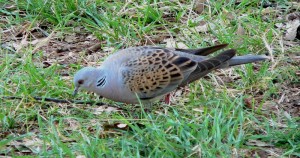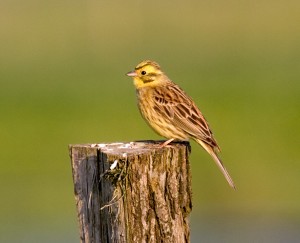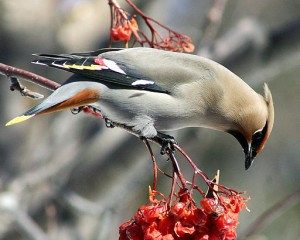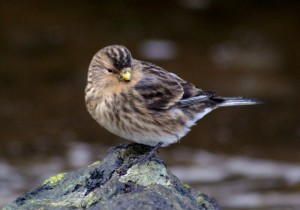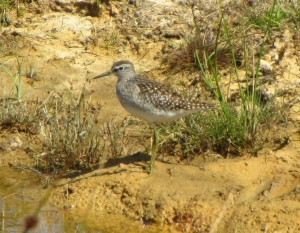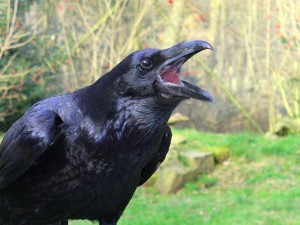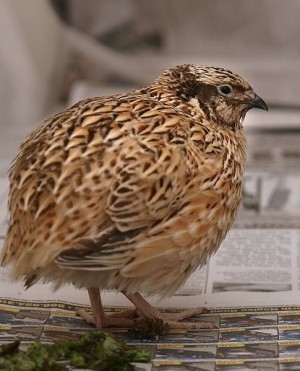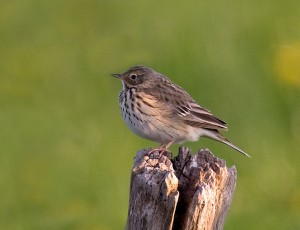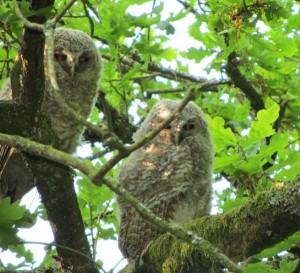X is for Xmas Birds
It is, after all, the most bird-heavy festive ditty imaginable, with not only the obvious partridges, doves, hens, swans and geese, but oblique references to blackbirds (four calling birds) and depending on source either goldfinches or pheasants (five gold rings).

